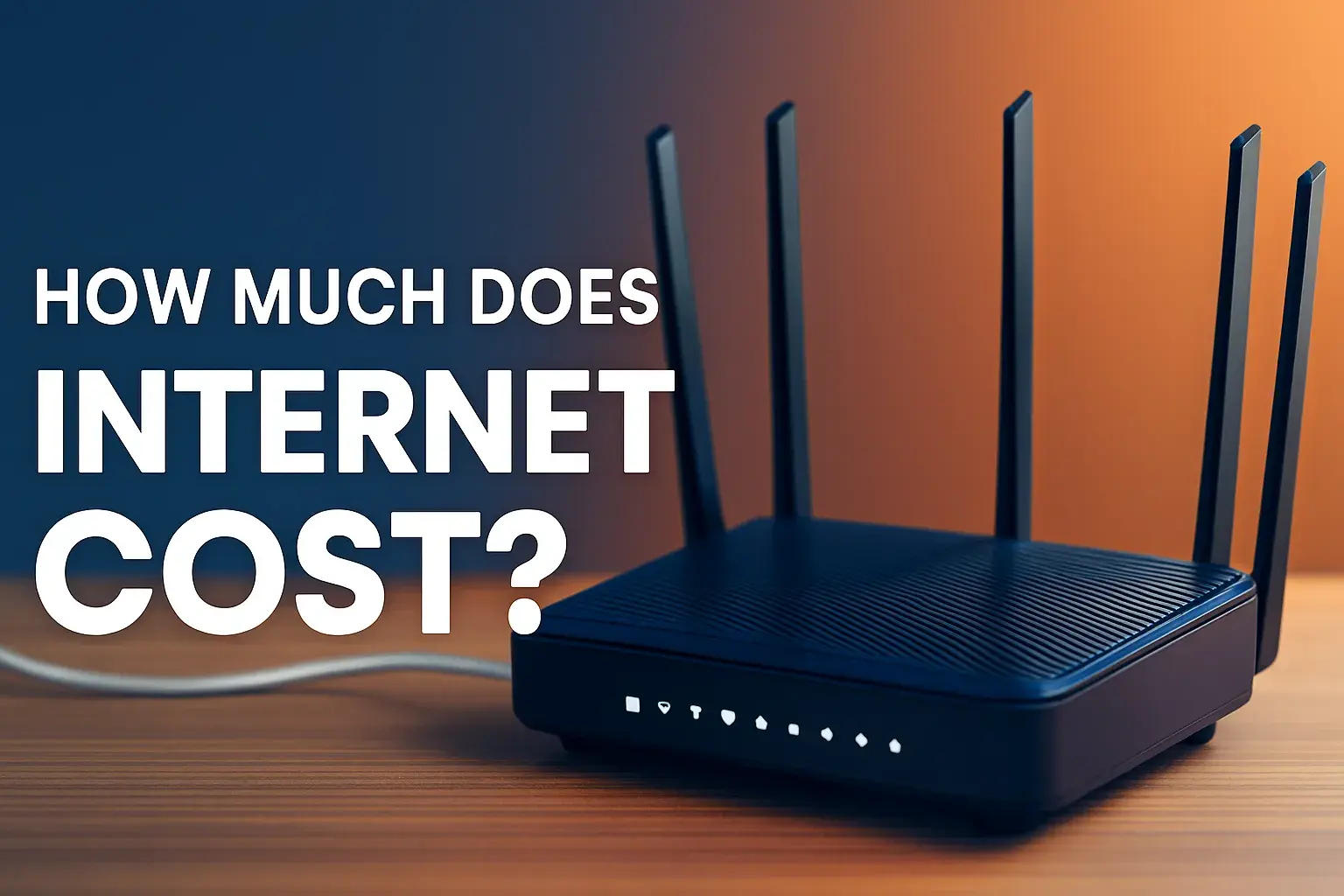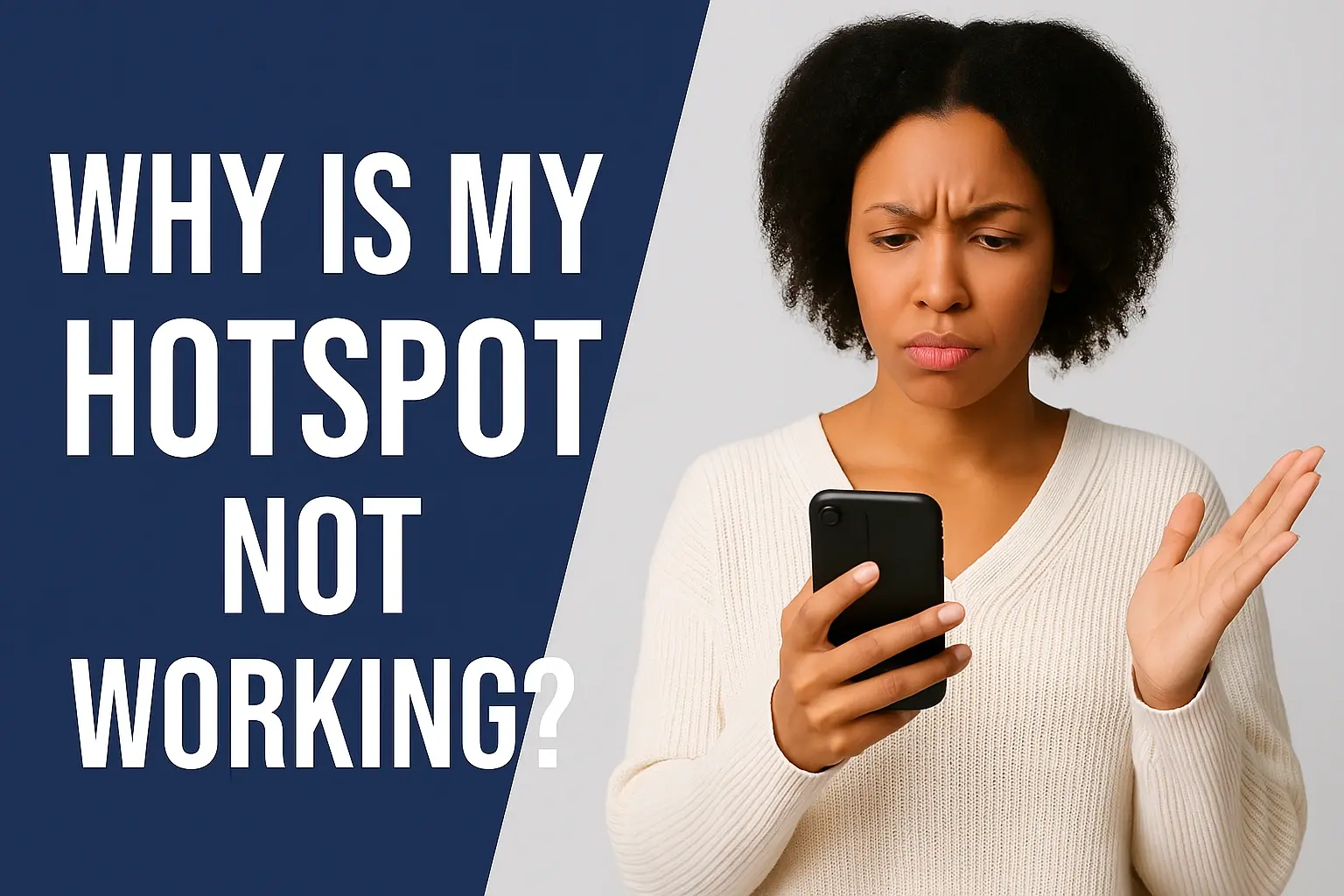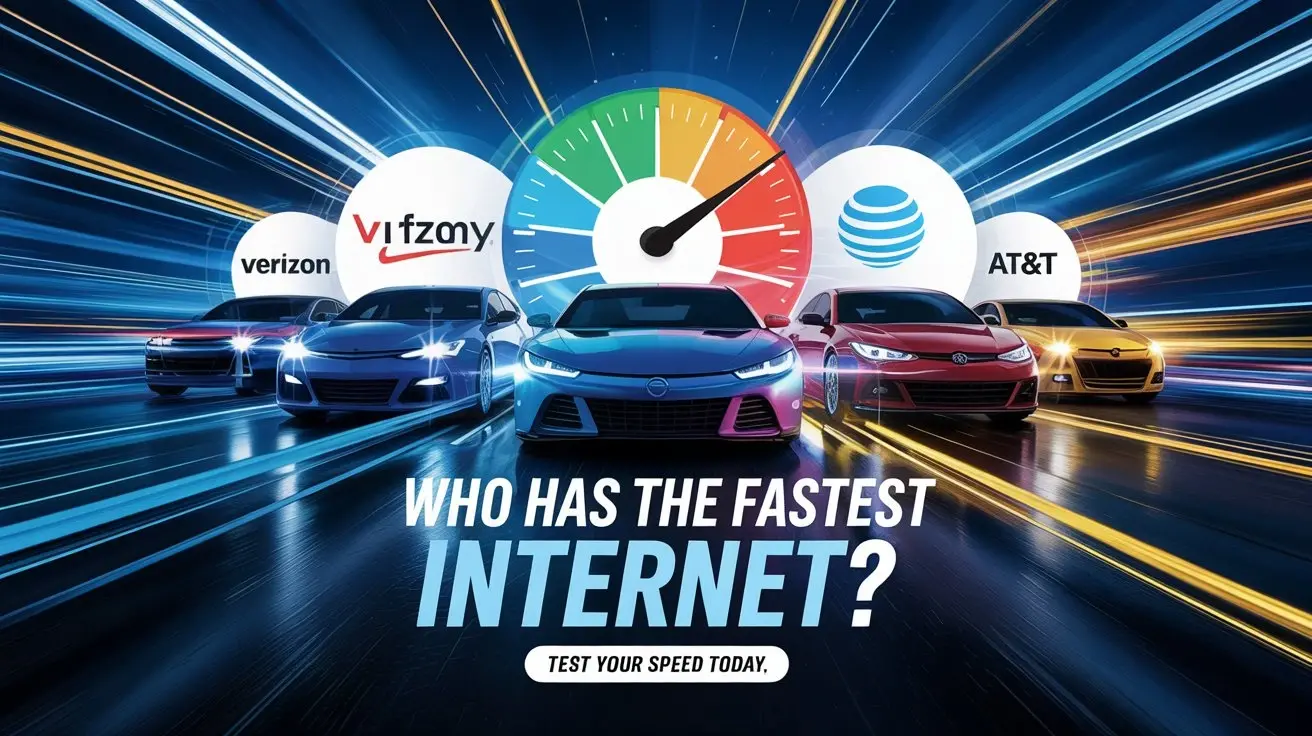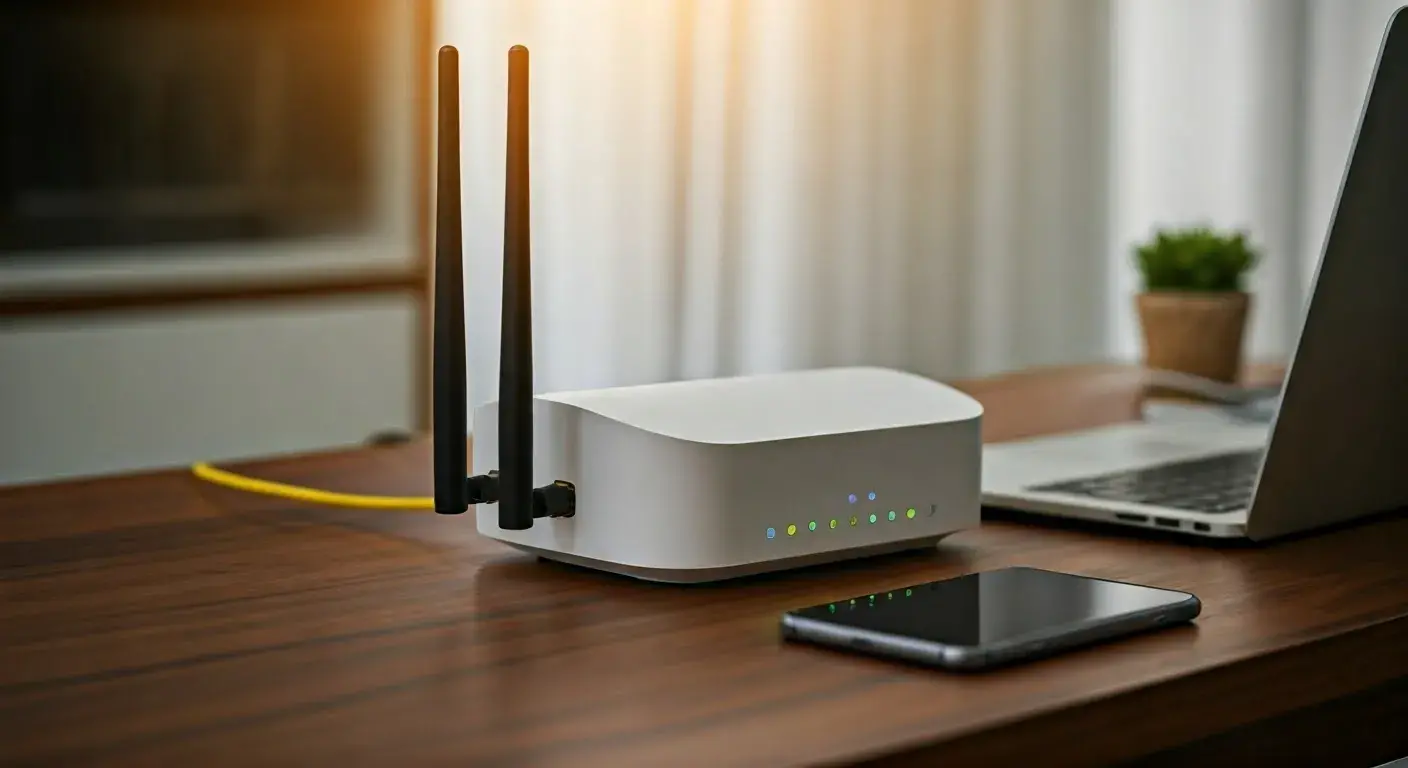How can I get internet without fiber?
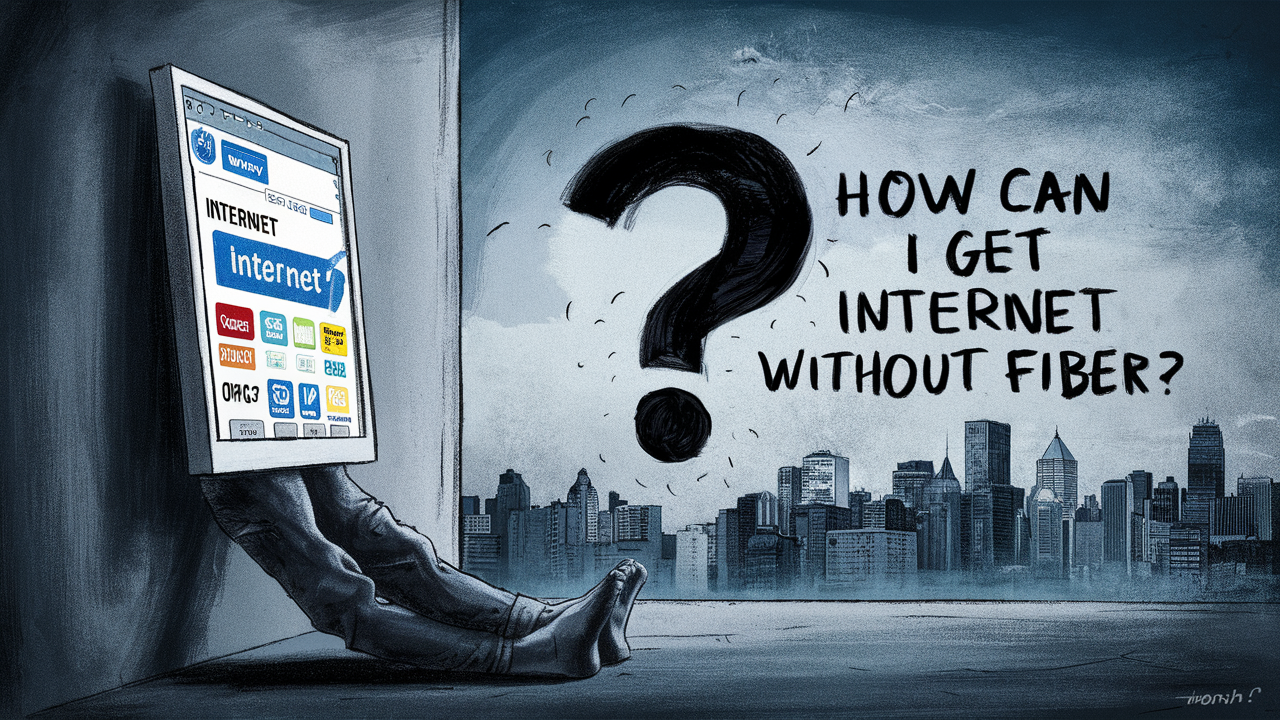
How can I get internet without fiber
Internet access without a fiber optic connection might seem difficult to acquire, but there are quite several good choices that can offer fairly good speeds. Below is a comprehensive guide on how to get the most suitable non-fiber internet connection.
DSL
Digital subscriber line, or DSL for short, is a technique for accessing the Internet by passing data over copper phone lines. Depending on how distant from a central office you are, it can provide up to 100 Mbps. The range is usually 1.5 to 3 miles; beyond that, the boats's speed is much slowed down. The biggest drawback of DSL is the restriction of range; its benefits include accessibility and reasonable pricing.
Cable Internet
Coaxial cables used in carrying television signals allow cable internet to transport data. Most companies provide equal download and upload speeds; speeds vary from 50 Mbps to 940 Mbps. Unlike DSL, distances to a central office do not determine speeds. The primary disadvantages of cable internet are that everyone in the neighborhood loses access should the cable connection be cut off and they might slow down at certain periods of the day.
Satellite Internet
Satellite internet involves sending data to a satellite in space which reflects data to a dish at your home. It can be placed virtually anywhere where it has an unobstructed view of the sky and is not overshadowed by large trees or tall structures. Speeds are typically 25-100 Mbps for downloads and generally slower for uploads. The main disadvantages include high latency that causes lagging issues in various usages such as video calls or gaming as well as a limited data allowance ranging from 10GB to 50GB per month. It is suitable for simple web browsing in areas that have no access to other forms of connectivity.
Fixed Wireless Internet
Some providers offer outside antennas that can receive wireless internet signals from a tower that is about 12 miles away. This makes provision of internet connection without the need for cables possible. Broad speeds differ significantly depending on the provider and location but they can be anything from 10-100Mpbs. As it directly relies on the LOS between the antennas, the connectivity is affected by the surrounding terrain. Setup also involves the installation of an outdoor antenna. Wireless is slower than fiber, but it can be more available than DSL or cable for rural areas.
Cellular Internet
Today all the major cell phone carriers include data plans that make it possible to surf the internet through towers of mobile communication. Nevertheless, the speed has enhanced in the recent past, and the newest 5G networks are now being deployed even more broadly. However, bandwidth is still generally limited to the range of 30GB100GB a month. Connecting other devices such as laptops with your phone and using it as a mobile hotspot is usually possible. There are also mobile hotspot devices which are provided by Verizon, AT&T, T-Mobile, and others. Cellular speeds will never be as fast as fibre but 5G is now a viable solution for home broadband access.
Public WiFi Hotspots
Free and open-access Wi-Fi connectivity is available at stations such as cafes, parks, malls, and airports. The bandwidth is normally fairly good and it is, of course, totally costless. Of course, the person has to be within reach of the wifi signal, and hence not possible for home networking. Companies such as Comcast’s Xfinity have millions of Wifi hotspots across the country to help customers easily connect while they are out and about. There are also applications such as WeWork that offer some form of subscription to different hotspot networks from partners. Public wifi is convenient when outside and exploring without using phone data.
When deciding over the options listed above for the type of non-fiber home internet connectivity, one must consider the advantages and disadvantages of what type is appropriate for one’s needs and location. DSL, cable, satellite, fixed wireless, and standard cellular hotspots remain as the future options. Also, investigate whether there are regional providers that may serve your location and provide other types of internet connections that could be used if necessary. I am sure if you try hard enough and think outside of the box, you can probably come up with a solution that would give you the internet connectivity you need without fiber.
Upgrade to faster, more reliable AT&T Fiber Internet today! Call us at +1 844-905-5002 and get connected with speeds that keep you ahead.
